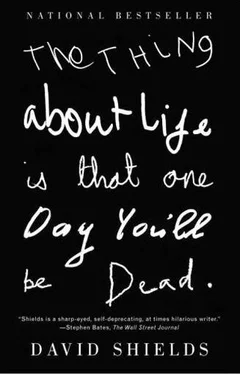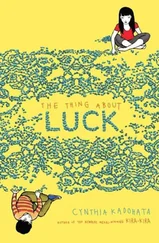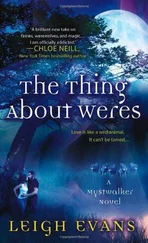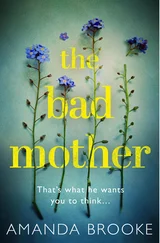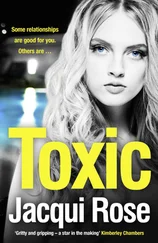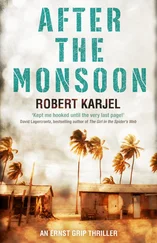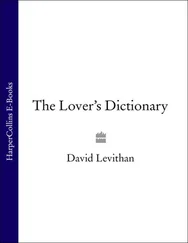In the nineteenth century, the French physiologist Charles-Édouard Brown-Séquard removed and crushed the testicles of domesticated animals, extracted vital substances from them, then used this concoction to inoculate older people, who reported improved alertness and vitality. When Brown-Séquard, at age 72, injected himself with the extract, he claimed to have better control over his bladder and bowels. He died four years later. Eugen Steinach, a professor of physiology in Vienna in the 1920s, convinced older men that they would be rejuvenated by a vasectomy or by having the testicles of younger men grafted onto their own. Rejuvenation clinics sprang up around the world: surgeons devised a number of anti-aging therapies, including the application of electricity to the testicles and doses of X-rays and radium to the sex organs.
According to Michael Jazwinski, a molecular biologist at Louisiana State University: “Possibly in 30 years we will have in hand the major genes that determine longevity, and will be in a position to double, triple, even quadruple our current maximum life span of 120 years. It’s conceivable that some people alive now will still be alive in 400 years.”
William Regelson, professor of medicine at Virginia Commonwealth University, says, “As we learn to control the genes involved in aging, the possibilities of lengthening life appear practically unlimited.”
Michael Rose, an evolutionary biologist at University of California-Irvine, permitted only those fruit flies that produced eggs later in their life span to contribute eggs to the next generation. (This is equivalent to selecting women age 25 and older to be mothers and then only permitting the daughters who were fertile after age 26 to reproduce, and so on, for many generations.) Each generation of fruit flies lived a little longer than the previous one. The fruit flies from this ongoing program of selective breeding continue to live progressively longer than their ancestors. Rose believes that if a similar experiment could be performed on humans, a measurable increase in life expectancy would be observed within 10 generations.
Fruit flies given resveratol, an antioxidant found in red wine, live significantly longer than other flies. Molecules in resveratol called sirtuins mimic the life-extending effects of caloric restriction, which slows aging in mammals. Living creatures are hardwired to reproduce; a low-calorie diet sends a message throughout the body that conditions aren’t optimal for reproduction. Cellular defense systems arise and aging slows, preserving the body for better, more reproduction-friendly times. Caloric restriction triggers a release of stored fat, which tells the body it’s time to hunker down for survival.
Two thousand people belong to the Calorie Restriction Society, and 10 percent of them have cut their consumption by at least 30 percent. The greatest life extension, as much as 50 percent, comes from starting a severely restricted diet in young adulthood and continuing it throughout life. Starting in midlife and cutting calories 10 to 20 percent yields a smaller benefit. Fasting every other day (while otherwise eating normally in between) also increases average life span. My father, with his lifelong and much trumpeted and unrelievedly austere diet, should have been the founding member of the Calorie Restriction Society. Interviewed by his own paper on his 95th birthday, he focused almost entirely on the importance of nutritional discipline, with special attention to bran muffins.
A near-starvation diet dramatically reduces the incidence of most age-related disease: tumor and kidney problems, brain-deficit problems such as Alzheimer’s, and degenerative problems such as Parkinson’s. Rats on a 40 percent reduced-calorie diet have a 30 percent longer life span. Monkeys on a reduced-calorie diet—30 percent less for 15 years—live longer and avoid many age-related diseases. In humans, Parkinson’s and Alzheimer’s are closely correlated with increased caloric intake. I ask my father: Is cutting calories 40 to 50 percent worth the extra years and protection from disease? He treats it as a rhetorical question. Someone might abstain from cheesecake for 20 years, I point out, then get hit by a bus at 57. “Life,” I say, quoting Damon Runyon (one of my father’s heroes), “is 6 to 5 against.” “I do what I can,” he replies, and he isn’t joking, “to even those odds.”
On the other hand, a major new study of body weight and health risks by the Centers for Disease Control and Prevention and the National Cancer Institute concluded that the very thin (a person with a body mass index below 18.5—for instance, a man who is 6' and weighs 136 pounds or a woman who is 5'6" and weighs 114) run the same risk of early death as the very fat. Very thin people have no reserves to tap if they fall ill. My dad’s thin, but he’s not that thin.
Vegetarians tend to live longer, healthier lives than meat eaters. The Japanese diet is high in vegetables and soy products. A Japanese person lives 3 years longer, on average, than an American or Briton. (One-quarter of vegetables eaten in America are french fries.) Okinawans consume 80 percent as many calories as the average Japanese does. Okinawa has the highest proportion of centenarians in the world (600 of its 1.3 million people), four times as high as the rest of the world. The Okinawan diet contains large amounts of foods good for longevity, such as tofu, seaweed, and fish. Fish oils, for instance, are rich in omega-3 fatty acids that, compared with the saturated fats found in meats, don’t harden as easily and stick less to artery walls—which has a protective effect against heart disease and stroke. My father likes to quote Satchel Paige—whom he once saw pitch—“Avoid fried meats, which angry up the blood.”
Early humans apparently had diets containing vegetables, fruits, nuts, and berries, and large quantities of meat that was naturally low in fat. Isolated tribes in remote parts of the world still eat a Paleolithic diet. A 2002 study of diet, fitness, and disease compared 58 traditional societies with industrialized populations: hunter-gatherers suffer less cardiovascular disease and cancer than people living in “developed” nations; the more your diet diverges from that of hunter-gatherers, the worse your health is likely to be. The contemporary American diet contains twice the fat and one-third the protein of diets maintained by indigenous populations. When you eat animal fats and processed sugar, you increase your risk of disease. When you eat soybeans, cooked tomatoes, and fiber, you reduce your risk of, respectively, breast cancer, prostate cancer, and colon cancer. The major diseases in the industrialized world are caused by departures from the diet to which our early ancestors were adapted.
There’s a direct relationship between the percentage of fat in your diet and your risk of cancer. The average Chinese diet contains less than 15 percent fat. The average American diet contains 39 percent fat. The average Chinese has a cholesterol level of 127, compared to 212 for the average American. China has very low rates of heart disease, colon cancer, breast cancer, prostate cancer, or ovarian cancer. What little heart disease and cancer that do exist in China are found overwhelmingly in those regions where people eat the highest amount of fat and cholesterol.
Taoists developed diets that would starve “evil beings”—the Three Worms—which were thought to inhabit the body and hasten its demise by causing disease. Battling the evil beings took the form of denying them the grains, such as wheat and rice, thought to be responsible for their existence, and eating magical foods such as licorice, cinnamon, and ginseng that would kill them. Other approved medicines included herbs, roots, minerals, and animal and plant products such as eggs, turtles, peaches, and parts of trees.
Читать дальше
